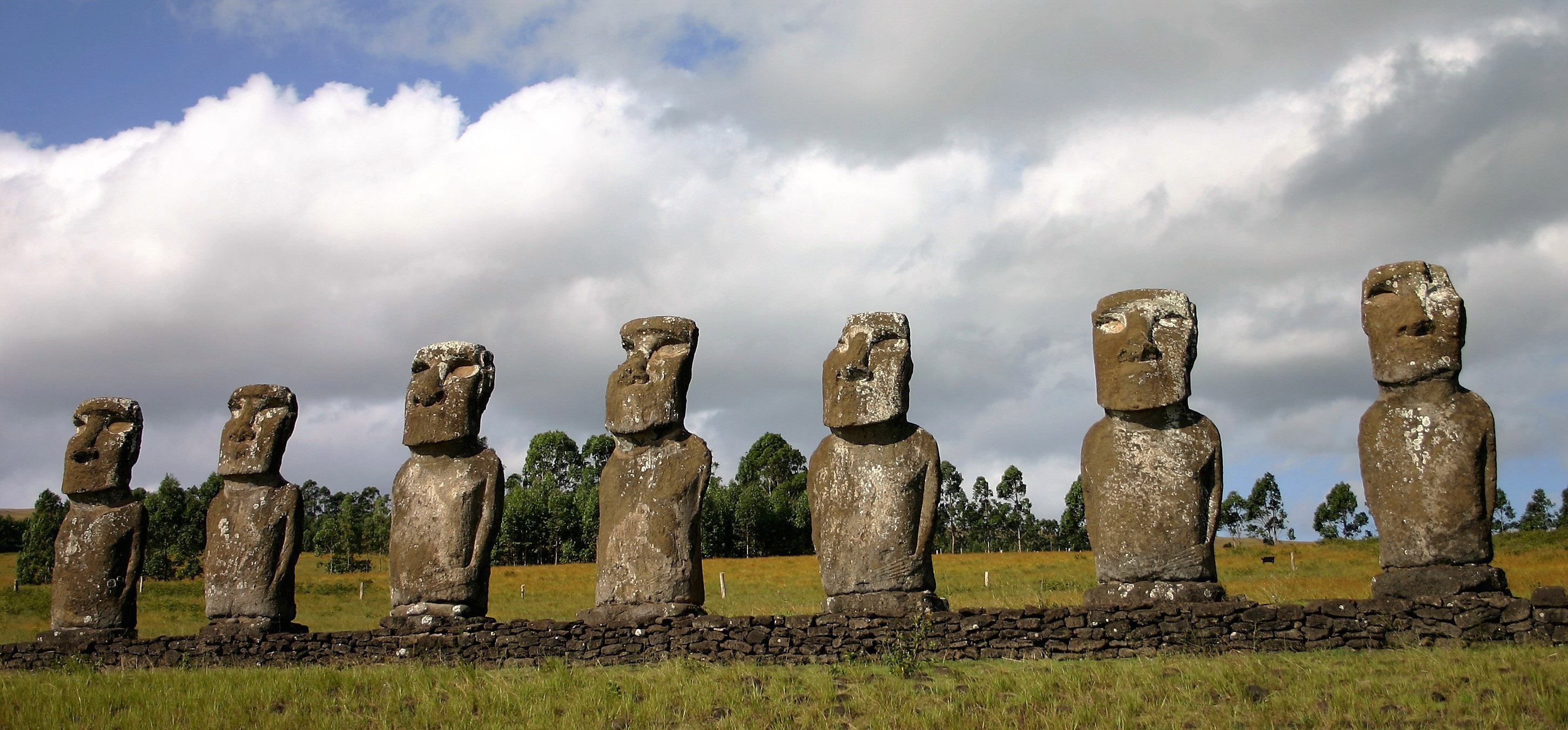What to expect in the next few decades in archaeology? Perhaps underground archaeology with an emphasis on man-made tunnels. The first time I've read of underground tunnels were in the epic stories found in Greek and Roman mythology. The classic myth story that struck me the most was The Minotaur. The Minotaur, a mythical creature from the island of Crete resided in a labyrinth maze. Like many Greek tales, a hero from Athens is brave enough to take up the challenge. Alone and frightened he dueled this half man and half bull until he was able to slay down the beast by his sword. The story of the Minotaur turned out to be a fictional classic by Ovid. The city of Knossos does exist but the notorious Minotaur and the inescapable elaborate maze did not. This story and others lead me to believe that there were actual man-made tunnels during the Age of Antiquity. Many of these tunnels have not been found and only time will tell if they will ever be discovered. There are possibly hundreds of tunnels found throughout the Mediterranean Sea but also further and beyond the known world at the time such as in Peru.
The Inca and Pre-Inca people in Peru have been known by archaeologist for constructing tunnels underneath their cities. Like the Roman and Greek classic myth stories, the Incas have their amusing epic tales for us to be delighted with. Depending on the story, several are actually real and some needs to be verified. However the tunnels do exist and archaeologist and people in general are eager to know where they are located and where do these tunnels lead to. The tunnels are long and narrow and they eventually connect to another section found elsewhere in the city. The tunnels have also been described to have reached beyond the outskirts of where the locals reside. It's possible that they've constructed tunnels reaching other major developed sites such as Saqsaywaman, Machu Picchu, Lake Titicaca and plus more. Who really knows how far down the rabbit hole goes? Since they were known for their excellent engineering ability to build roads and aqueducts throughout their civilization, then why not believe that they were capable of building a network of tunnels connecting from one city to the next? They probably spent as much time and effort developing their building and cities on top of the surface as they did at the bottom. Peru has been proactive in the archaeological excavation on the subsurface area for awhile now and they have discovered some new tunnels recently. We will probably see more archaeological news concerning tunnels in the years to come.
The Minotaur

Peruvian Tunnel






